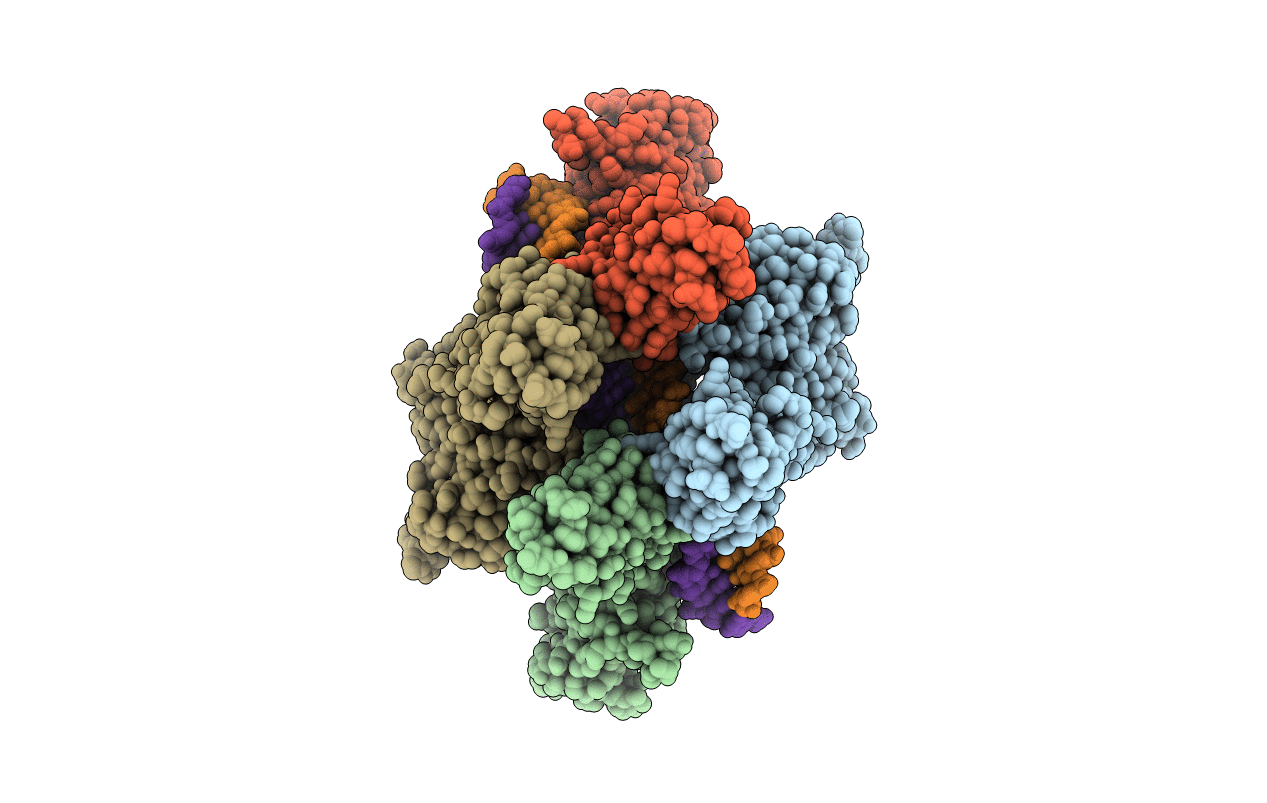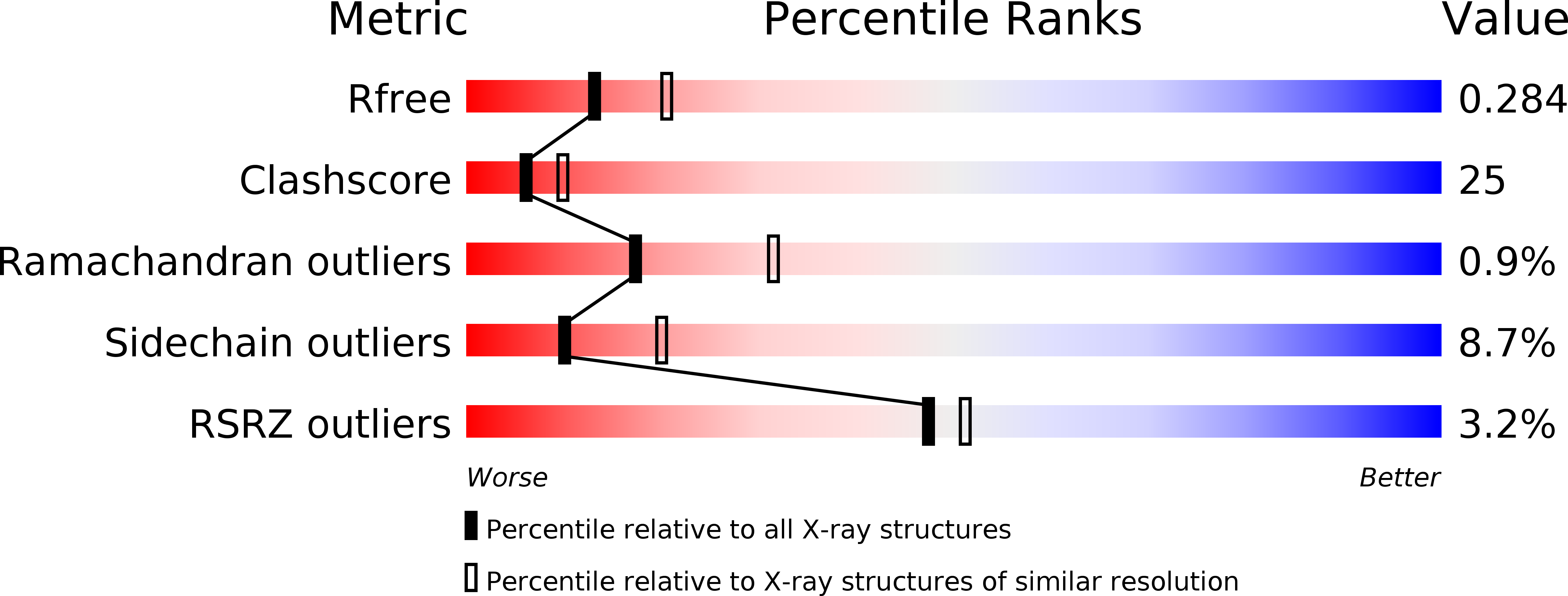
Deposition Date
2016-11-22
Release Date
2017-09-27
Last Version Date
2023-10-04
Entry Detail
Biological Source:
Source Organism:
Synthesium (Taxon ID: 638370)
Mus musculus (Taxon ID: 10090)
Mus musculus (Taxon ID: 10090)
Method Details:
Experimental Method:
Resolution:
2.50 Å
R-Value Free:
0.27
R-Value Work:
0.22
R-Value Observed:
0.22
Space Group:
P 1 21 1


